There’s an unsettling irony in how the countries driving climate collapse the fastest are often those with the most resources to combat it. As you read through this list, you’ll notice that the biggest culprits are often intertwined with economic prowess, making them both architects and potential saviors of our planet’s future. Understanding this dynamic is crucial, as it’s not just about pointing fingers but recognizing the potential for positive change. Here are 13 countries whose actions (or inactions) are accelerating climate change and what it means for you and the rest of the world.
1. China
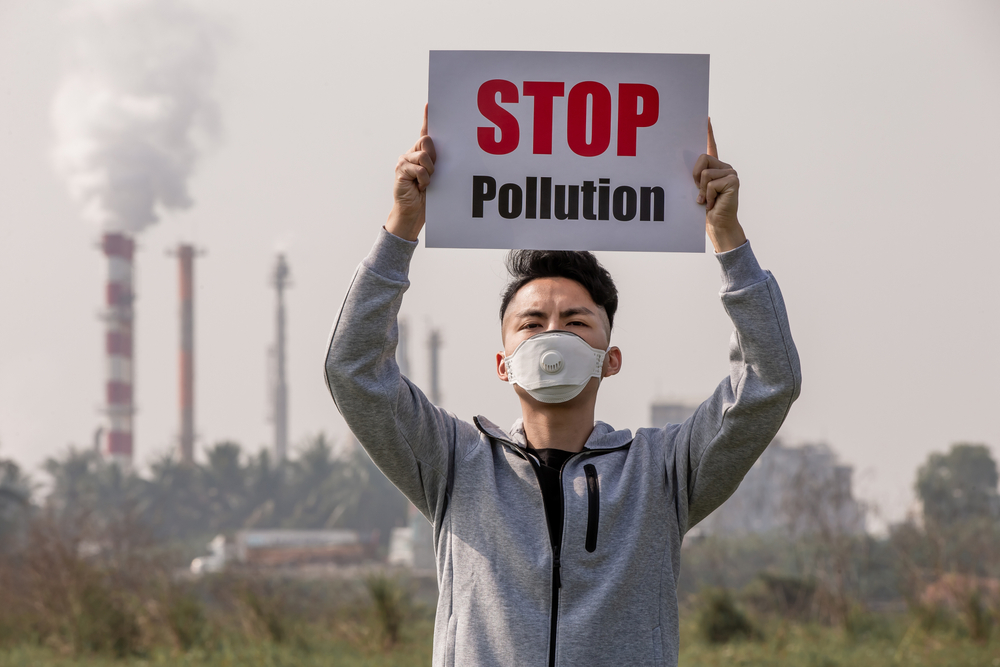
China, with its booming industrial sector, is the world’s largest emitter of carbon dioxide. The country’s rapid economic growth has been fueled by coal, the dirtiest fossil fuel, leading to severe air pollution and vast greenhouse gas emissions. In recent years, China has made commitments to renewables, but the reliance on coal is still a significant hurdle. Despite this, China is investing heavily in clean energy technology, becoming a leader in solar panel manufacturing and electric vehicle production.
According to a report by the International Energy Agency (IEA), China’s energy policies over the next few decades will be pivotal in determining global climate trajectories. The country is at a crossroads, where its decisions can lead to either accelerating climate collapse or aiding in its prevention. As a leader in renewable energy development, China holds the potential to pivot the global energy landscape. But for now, its contribution to emissions is a stark reminder of the urgent need for change.
2. United States
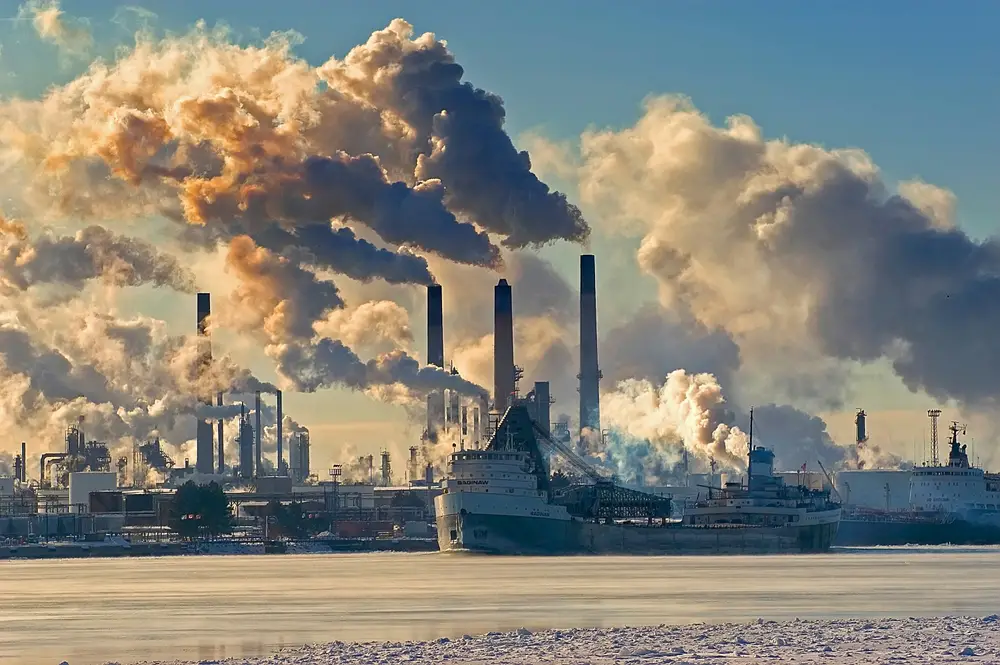
The United States ranks high on the list of climate offenders, driven by an economy heavily reliant on fossil fuels. Despite being home to numerous tech innovations and a growing green energy sector, political gridlock often hampers comprehensive climate policies. While some states aggressively pursue clean energy, others lag, reflecting a divided national stance. The U.S. has made strides, notably rejoining the Paris Agreement, signaling a renewed commitment to international climate goals.
However, this commitment often clashes with domestic policies that continue to prioritize oil and gas industries. As a consumer-driven society, the U.S. has a significant carbon footprint per capita. The challenge lies in balancing economic growth with environmental responsibility. As an influential global leader, America’s climate policies reverberate worldwide, making its role in climate action crucial.
3. India
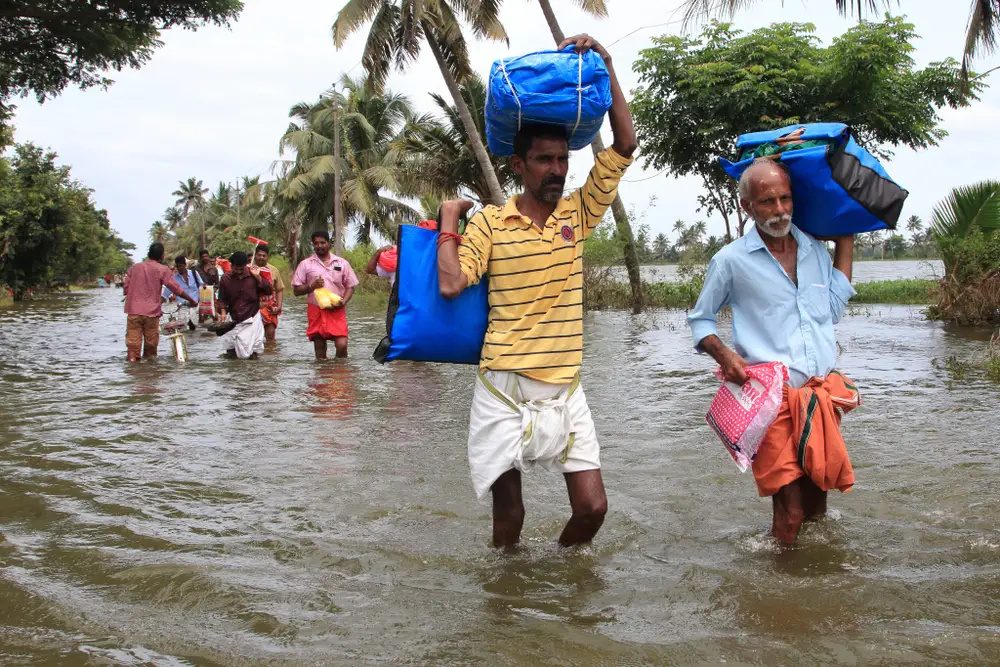
India, with its vast population and burgeoning economy, faces a complex climate dilemma. The country is one of the largest emitters of greenhouse gases, driven by coal-fired electricity and rapid industrialization. However, India also grapples with severe climate impacts, from devastating floods to crippling heatwaves. Balancing developmental needs with climate action is a nuanced challenge that India must navigate.
A report from the Council on Energy, Environment, and Water highlights India’s commitment to expanding its renewable energy capacity. The country is making significant strides in solar power, aiming to achieve ambitious targets in the coming years. Yet, the transition from coal remains a critical hurdle. India’s climate journey is a testament to the global struggle of developing nations striving to align growth with sustainability.
4. Russia
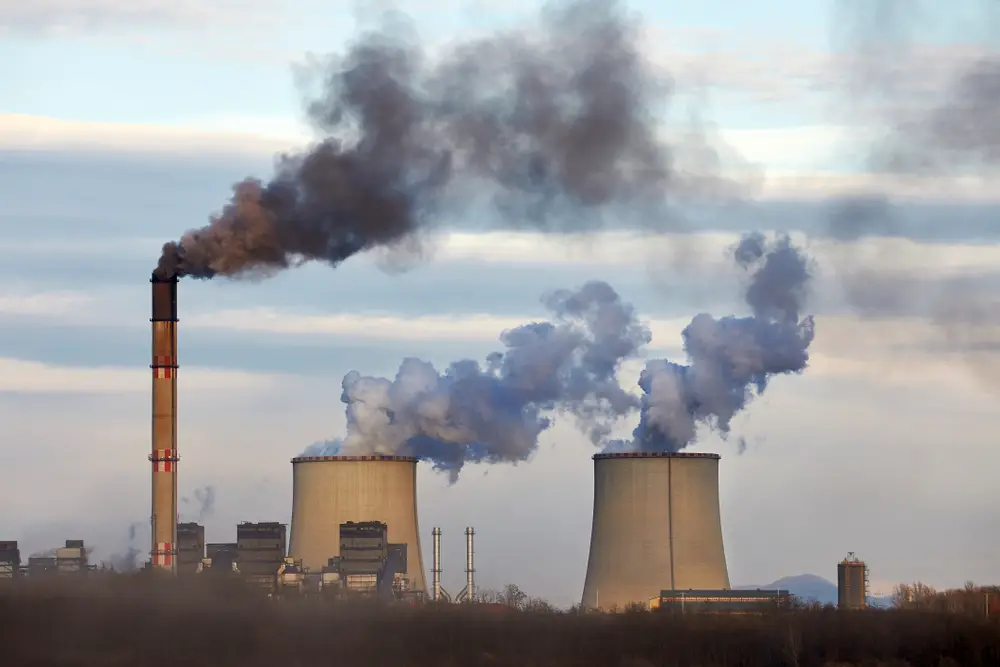
Russia’s vast reserves of oil and gas contribute significantly to its economy and, unfortunately, to global emissions. As one of the top producers of fossil fuels, Russia’s energy policies heavily influence its carbon footprint. The country’s colder climate and energy-intensive industries exacerbate its environmental impact. Yet, Russia remains relatively quiet in the international climate dialogue, often prioritizing economic needs over ecological ones.
Despite this, there are signs of change as Russia gradually acknowledges its vulnerability to climate change, particularly in its Arctic regions. Melting permafrost poses risks not only to infrastructure but also to global methane emissions. The Russian government has started to explore renewable energy and increase energy efficiency. However, meaningful progress requires a shift in both policy and mindset, with a greater emphasis on sustainability.
5. Japan
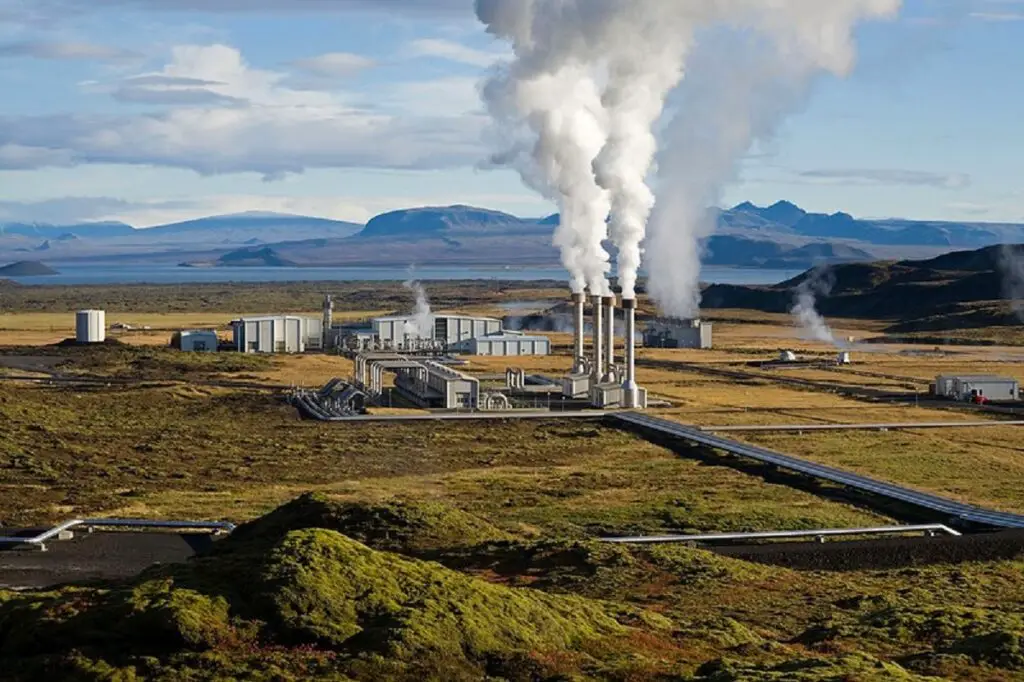
Japan, known for its technological advancements, faces a unique blend of challenges in addressing climate change. The country is heavily reliant on imported fossil fuels due to limited domestic energy resources, complicating its carbon emission reduction efforts. After the Fukushima disaster, Japan scaled back on nuclear energy, increasing its dependence on coal and natural gas. Nonetheless, Japan is committed to innovation, investing in hydrogen fuel and other clean technologies.
According to a study by the Institute for Global Environmental Strategies, Japan aims to achieve carbon neutrality by 2050. The country is ramping up its renewable energy capacity, particularly solar and wind. However, transitioning away from fossil fuels requires overcoming regulatory and infrastructural hurdles. Japan’s journey highlights the complexity of balancing energy security with environmental responsibility.
6. Germany
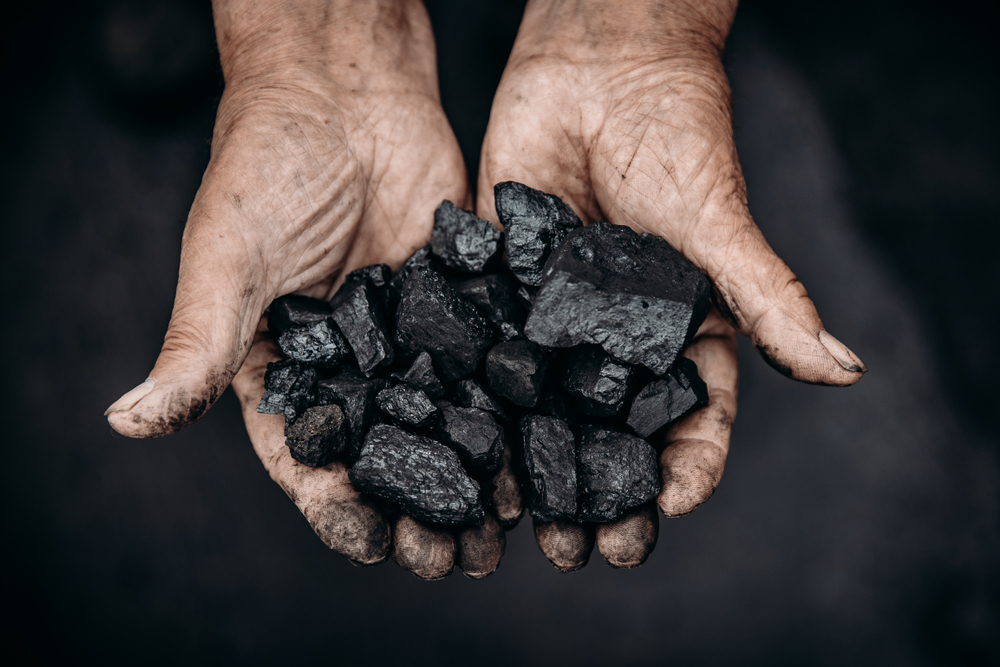
Germany is often seen as a leader in climate policy, yet it still faces challenges in reducing emissions effectively. The country’s Energiewende, or “energy transition,” aims to phase out nuclear power while increasing renewable energy usage. However, Germany’s continued reliance on coal presents a significant barrier to achieving its climate goals. The paradox of being both a green pioneer and a coal consumer underscores the difficulties in managing an energy transition.
The German government has set ambitious targets for carbon reduction and is investing heavily in wind and solar power. Despite this, debates over energy security and economic impacts persist. Germany’s ability to innovate its way out of fossil fuel dependency could set a precedent for other nations. As one of Europe’s largest economies, Germany’s climate policies influence the broader EU strategy on environmental issues.
7. Brazil
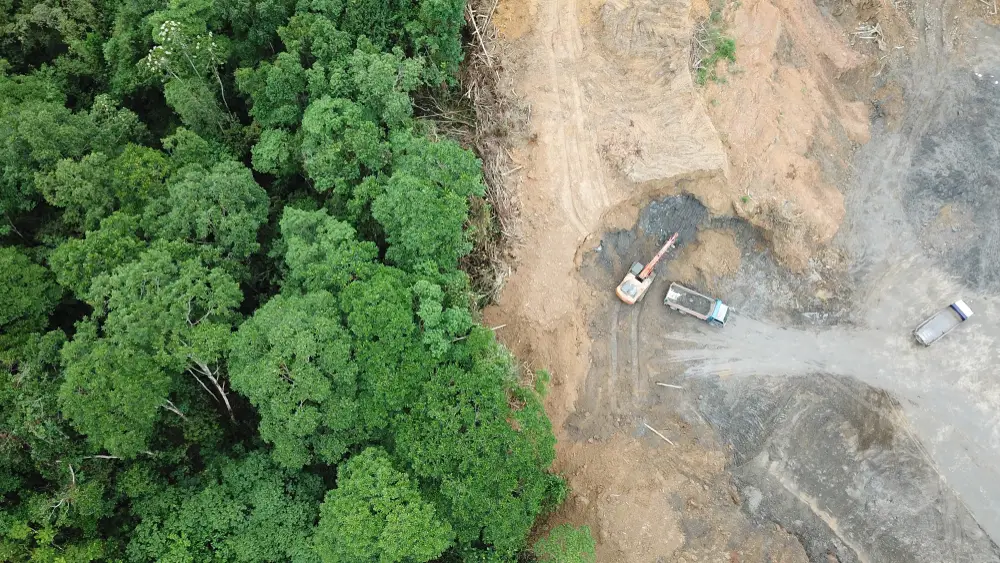
Brazil’s role in climate change is intricately linked to its vast Amazon rainforest, often dubbed the “lungs of the planet.” Deforestation for agriculture, particularly cattle ranching and soy production, contributes significantly to global carbon emissions. The loss of rainforest exacerbates climate change while also reducing biodiversity. Despite international pressure, deforestation rates have surged in recent years, raising alarms about Brazil’s environmental policies.
The World Resources Institute notes that Brazil’s environmental management is critical to global climate stability. While the country has enormous potential for renewable energy, political and economic dynamics often prioritize short-term gains over long-term sustainability. Efforts to protect the Amazon are crucial but complex, requiring collaboration between governments, businesses, and local communities. Brazil’s path is vital for both its ecological heritage and the planet’s future.
8. Indonesia
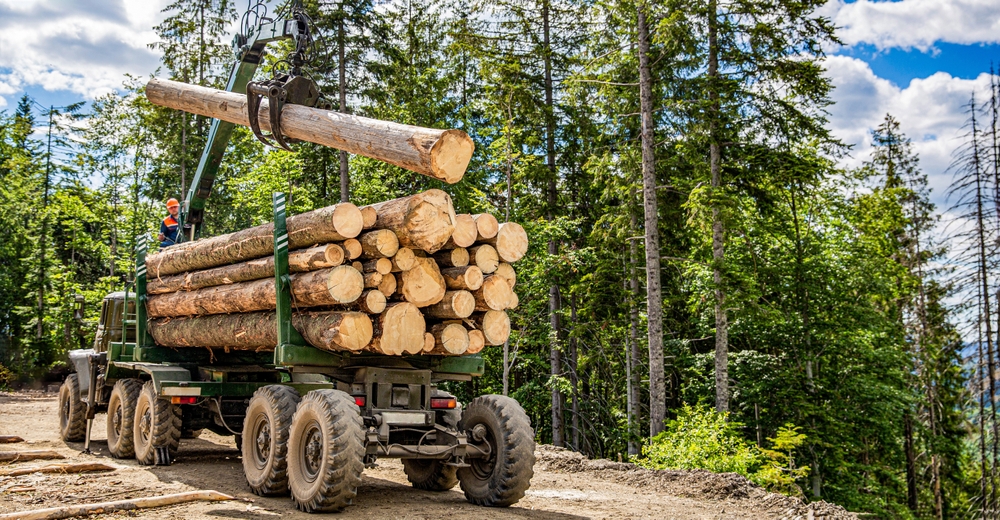
Indonesia, with its rich biodiversity, faces daunting environmental challenges due to deforestation and palm oil production. The country is a major emitter of greenhouse gases, largely due to land-use changes and peatland degradation. These activities not only contribute to climate change but also result in frequent and intense forest fires. Despite international commitments, Indonesia struggles to balance economic development with environmental preservation.
The government has initiated reforestation efforts and policies to reduce deforestation, though implementation remains inconsistent. Renewable energy development is underway but faces obstacles from entrenched fossil fuel interests. Indonesia’s journey toward sustainable development is mirrored in its challenges and opportunities. As a rapidly developing nation, its role in climate action is vital both regionally and globally.
9. Canada

Canada’s vast natural resources are both a blessing and a curse when it comes to climate change. The country is a significant producer of oil and gas, particularly from its tar sands, resulting in high per-capita emissions. However, Canada is also home to extensive forests, which serve as crucial carbon sinks. Balancing economic interests with environmental stewardship remains a complex challenge for policymakers.
The Canadian government has set ambitious targets for reducing emissions, including investing in clean technologies and carbon pricing. While progress is being made, the transition away from fossil fuels is slow and faces resistance from industry stakeholders. Canada’s dual identity as a resource-rich nation and a climate leader highlights the tensions in achieving sustainable development. The path forward requires innovative solutions that reconcile these competing priorities.
10. Saudi Arabia

Saudi Arabia, the world’s largest oil exporter, plays a pivotal role in the global energy market and, consequently, in climate change. The kingdom’s economy is heavily reliant on oil revenues, which poses a significant challenge for climate action. Despite this, Saudi Arabia has begun to explore renewable energy options, recognizing the need to diversify its energy sources. The country’s Vision 2030 plan includes initiatives for solar and wind energy development.
However, transitioning from oil dependency is a monumental task that requires substantial investment and structural change. The challenge lies in aligning economic policies with environmental goals, a balance that is critical for long-term sustainability. Saudi Arabia’s efforts to transform its energy landscape could pave the way for other oil-dependent nations. As a leading figure in global energy, its climate policies hold significant weight.
11. Australia

Australia’s climate impact is driven by its vast coal industry and resource-intensive economy. The country boasts significant natural beauty, yet its environmental policies often prioritize economic growth over conservation. Frequent climate-induced disasters, such as bushfires and droughts, have highlighted the urgency of climate action. Despite this, political debates continue to hinder comprehensive policy development.
Australia has immense potential for renewable energy, particularly solar power, due to its favorable climate. Recent government initiatives aim to transition towards greener energy sources, but progress remains inconsistent. The nation’s struggle to balance economic interests with ecological responsibility reflects broader global challenges. As climate impacts intensify, Australia’s leadership in sustainable practices becomes increasingly crucial.
12. South Korea

South Korea’s rapid industrialization has led to significant greenhouse gas emissions, placing it among the top emitters globally. The country’s reliance on imported fossil fuels heightens its carbon footprint, despite technological advancements in other sectors. However, South Korea is making strides in green technology, investing in hydrogen fuel and electric vehicles. The government envisions a low-carbon economy, aiming for carbon neutrality by 2050.
Efforts to reduce emissions include expanding renewable energy infrastructure and enhancing energy efficiency. Yet, transitioning away from coal remains a significant challenge due to entrenched industry interests. South Korea’s commitment to innovation and sustainability is crucial for its climate goals. As an economic powerhouse, its environmental policies have significant implications for regional stability and global climate leadership.
13. Mexico
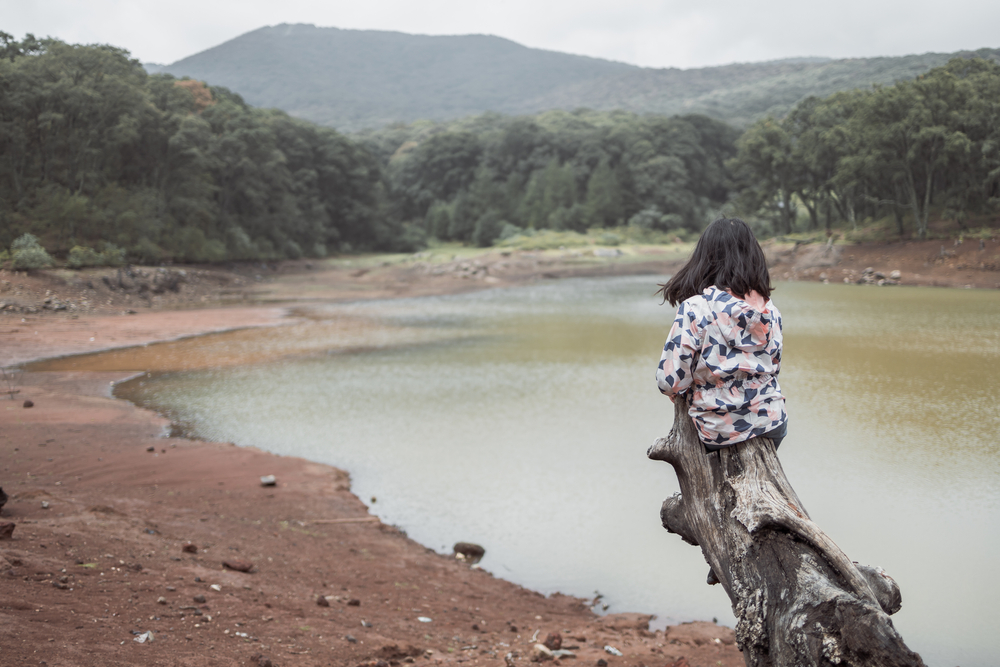
Mexico’s climate change challenges are tied to its diverse geography and growing economy. The country faces a mix of environmental issues, from deforestation to water scarcity, exacerbated by climate change impacts. While Mexico has made commitments to reduce emissions, its reliance on oil and gas presents a significant hurdle. The government’s energy policies often fluctuate, impacting the consistency of climate action.
In recent years, Mexico has invested in renewable energy, particularly wind and solar power, to diversify its energy sources. However, aligning economic growth with sustainability remains a complex task. Mexico’s climate journey reflects the broader challenges facing developing nations balancing development with environmental stewardship. Its role in international climate negotiations underscores the importance of global cooperation in addressing climate change.
